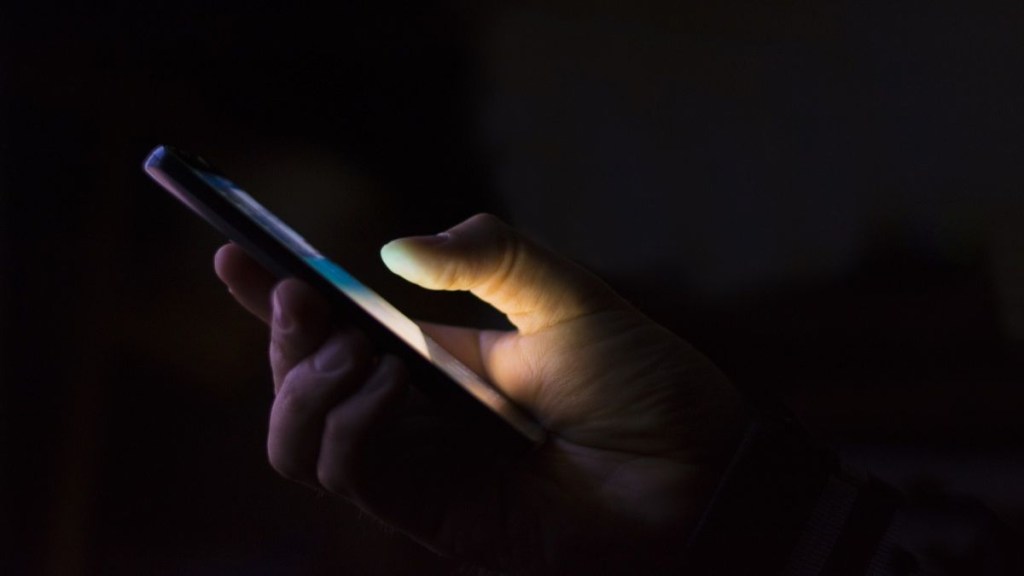Two years after the COVID-19 pandemic, the signs of K-shaped recovery are very much visible in smartphone sales trend. The entry-level segment priced below Rs 7,000 or Rs 10,000 has been witnessing a decline for about four years now, whereas the premium smartphone segment priced above Rs 30,000 has been seeing a continuous growth.
K-shaped recovery means when different sectors of the economy recover at different times and rates.
The key reasons which are leading to different growth paths of the two segments are -first, absence of focus of smartphone makers in the segment owing to lower margins especially after the shortage of chips and disruption of supply chains during the pandemic. Second, lack of smartphone offering by brands existing in the entry-level segment. Third, smartphone brands are offering financing schemes to attract consumers to the premium smartphones with better features, which has led to the trend of premiumisation.
“There is a 700 million smartphone base also and that is premiumising. So, that’s a larger opportunity which is there to continue,” Aditya Babbar, senior director of mobile business at Samsung India, told FE.
“The market is moving towards premiumisation as customer needs are changing. After pandemic, customer wants a great camera, a great screen to watch because their behaviors are changing and they are spending much more time with their devices,” Babbar said, adding that Samsung’s approach is 5G first and the company’s finance plus scheme is helping the consumers to afford the smartphones across price points.
Currently, Samsung has the highest 20% market share in the smartphone segment. According to analysts, seeing the success of premium segments brands, which used to make smartphones in the entry-level have also started focussing more on the premium segment.
Weakness in the entry-level segment is also due to increase in the average selling price (ASP) of the smartphones, which makes it difficult for people operating feature phones to switch to smartphones.
The entry-level smartphones now cost about 20% more than they did five years back in 2018. According to Counterpoint, in the entry-level segment, a smartphone priced at Rs 5,991 in 2018, now costs Rs 7,126.
“We expect the sub-Rs 10,000 segment to decline by 7% in 2023, whereas the premium segment will grow by 53%. The entry-level segment which was affected by factors such as the component issue, demand slowdown, can see significant recovery once smartphone companies launch 5G phone in this segment,” said Shilpi Jain, senior research analyst at Counterpoint.
In the last 5-6 months, it is seen that the channel partners of smartphone companies are trying hard to sell inventory owing to which there has been some improvement in the market share of entry level segment to the overall smartphone shipments, Jain said.
Shipra Sinha, analyst Industry Intelligence Group at CyberMedia Research (CMR), said, “the entry-level smartphone segment (less than Rs 7,000) in India has been steadily declining, with shipments dropping by 55% year-on-year in 2022. It is expected that this segment will continue to face a significant decline of approximately 40-45% in 2023″.
“The growth prospects for the entry-level smartphone segment seem challenging as it has been experiencing a steady decline over the past few years. It is crucial for OEMs (original equipment makers – smartphone companies) to address affordability, advance value-added features, and refine their market outreach strategies, including creating awareness,” Sinha added.
In 2018, the below Rs 10,000 segment used to contribute 50% to the total smartphone shipments, which fell to 26% in 2022. On the other hand, the premium segment, which had 3% market share, saw its share increase to 11% in 2022, according to Counterpoint. In the January-March quarter, the entry-level segment has seen its share improving to 30%, however, analysts said the greenshoots are not visible.
According to CMR estimates, the entry-level smartphone segment is expected to decline by over 20% YoY. “The premiumisation trend will continue to intensify, with the premium smartphone segment projected to grow by 23-25% YoY in 2023,” Sinha said.
With regard to affordablity of 5G phones in the entry-level segment, domestic smartphone brand Lava in November last year launched Blaze 5G, the cheapest 5G phone at an introdcutory price of Rs 9,999. However, after the introductory offer the smartphone is now priced at Rs 10,999.
Indian smartphone shipments fell 19-20% to 31 million in January–March, which is the highest-ever decline in the first quarter, according to data from Counterpoint and Canalys. The fall in shipments is due to sluggish demand, high inventory build-up, growing demand for refurbished phones, etc, analysts said. The fall in shipments during the quarter was seen in smartphones under Rs 30,000. Smartphone shipments in the range above Rs 30,000, also called the premium segment, grew over 60%, largely due to growth in shipments of Apple and Samsung.








